Radko Tichavsky is a Czech born Mexican Agrohomeopath. He is a co-founder and director of Instituto Comenius in Mexico and author of Handbook of Agrohomeopathy, 2007 (Spanish) and Homeopathy for Plants, 2009 (Spanish) and creator and teacher of Holohomeopathy.
Agrohomeopathy Course!
Radko Tichavskyi is now offering a one semester virtual course in Agrohomeopathy (in English). You can learn how to define and analyze holons and how to repertorize the specific homeopathic treatment beyond just disease or pest names. You can find out more here: www.icomenius.edu.mx
A Materia Medica and Repertory for Plants: Mark Moodie hosts the website “Considera”, which provides a growing M.M and Repertory for plants and discusses resources for biodynamics and Agrohomeopathy .The website allows the world community to contribute their experiences in planting.
Dear Dr. Radko Tichavsky,
I have a Anthurium andreanum in the living room facing South-West that has grown vigorously with tall floral stems (thanks to your advice in this column) after replanting two years ago in Rome. For some months now the oldest leaves have started to become yellow at the edges around a brown stain (as can be seen from the attached photo).
Thanks for your valuable advice!
Roberto Migliorelli – Rome
Radko Tichavsky:
Dear Roberto,
The necrosis in the old leaves indicates that your plant has an incipient deficiency of mobile nutritional elements, in this case magnesium. The plant removes nutrients from old leaves to transfer them to new ones due to malnutrition. You must proceed to make a fertilization by adding compost tea to the pot, and additionally apply on foliage once a week for three weeks Magnesium carbonicum 6 CH.
[hr]
Greetings Mr. Tichavsky,
Last summer our crop developed “Spinach downy mildew”, caused by Peronospora farinosa f.sp. spinaciae. We had more than the usual rain that summer. The mildew often showed up as odd shaped yellow patches on upper leaves and purple gray sporulation on leaf undersides. Is there a way we could avoid this in the next planting? We live in Philadelphia, Pennsylvania which is Northeast U.S. The Zip code is 19148. Winters go to below freezing and summers up to 100 F. Rainfall is normally moderate.
Thank you for any guidance
Radko Tichavsky:
Thank you
Jason
Radko Tichavsky:
Dear Jason,
Peronospora farinosa is an opportunistic plague in spinach, high levels of nitrogen and calcium deficiency facilitates the entry of this fungus, producing large leaves and epidermis with little consistency (soft).
If you use a fertilizer derived from animal hatchery, you should limit its use and preferably use only vegetal origin compost, very mature (at least 4 months old).
As for homeopathic applications, first apply Sulphur 6 CH, you must hydrate the seeds in water with this remedy before planting them and then once the first new leaves come out, apply the calcarea complex (Calcarea carbonica, Calcarea phosphorica and Calcarea fluorica) at the 6 CH potency with a little olive oil as a coadjuvant, the complex of calcareas must be applied repeatedly whenever there are buds of new leaves to help their rapid ripening which hinders the entrance of the fungus. The applications of Ganoderma applanatum 6 CH with olive oil will help to eliminate hyphae of the fungus in the leaves of spinach. Finally you can use Silicea terra 12 CH a remedy that alternated with Ganoderma applanatum 6 CH eliminates the fungus.
[hr]
Hello Dr. Tichavsky,
Lately we had our crops attacked by the brown marmorated stink bug (BMSB). Besides eating our apples and peaches, it breeds rapidly and we also find them all over the house! These seem to be taking over the U.S. and no one knows how to stop them. They’re quite hardy and survive pesticides. You can’t squash them because they let out a horrible odor. Can you make any suggestions or give us some perspective? We live in Rockport, Massachussets, U.S. ZIP: 01966
Thank you
Michele Anderson
Radko Tichavsky:
Dear Michelle,
Halyomorpha halys popularly called “brown marmorated stink bug” is an exotic asian pest of recent appearance in the American and European continent. Due to this it does not have enough natural enemies in the environments where it lives and it affects more than 300 different crops. It is a plague with relatively few studies on its natural enemies and the composition of its semiochemicals. In each of the plants that this insect depredates, it absorbs a part of the metabolites from the host plant and this is the reason for its enormous adaptability and that there is no single universal effective remedy against it in all crops.
Halyomorpha halys in the Peach (Prunus persica) have as main homeopathic remedies Daucus carota with 95 common metabolites and Apium graveolens with 84 common metabolites with peach, the homeopathic remedies are prepared from the seeds and are dynamized up to the 6 CH potency and applied on foliage with Opuntia ficus indica slime as coadjuvant (1 liter of slime for one hundred liters of homeopathy) alternating with Eucalyptus globosus 6 CH. Kali bichromicum 6 CH, and Taraxacum officinalis 6 CH (made from the leaves) are also used as complementary remedies since the attacks of the pest are related to the deficiency of chromium in the peach trees. In addition Taraxacum officinalis contains bitter compounds that bother Halyomorpha halys in their eating habits.
Spiders of the families Theridiidae, Pholcidae and Agelenidae are important predators of Halyomorpha halls eggs. Lactrodectus mactans 6 CH and Tegenaria agrestis 6 CH are one of the important homeopathic remedies since they contain pheromones from a group of spiders that prey on the eggs of Halyomorpha halys. For this same reason it is very important not to apply insecticides in the crop as it decreases the population of predatory spiders of the eggs, and facilitates the spread of the pest. We could say that the excessive use of systemic pesticides had prepared the holons free of predators to the Halyomorpha helys and turned it into a super plague that’s difficult to control. Maintaining a mulching in the form of native grasses, mown and left in the same place, increases the possibility of shelter for the spiders and represents an important aid in the control of the Halyomorpha halys.
[hr]
Dear Mr. Tichavsky:
My eggplant crop developed Tobacco Mosaic Virus (TMV) . All the plants were stunted and the leaves curled. I definitely don’t want to use toxic chemicals for future plantings. How can I avoid this? I live in Chicago, Illinois, Zipcode 60603. During the growing season temperatures rand from 60-80 F. Average annual precipitation is 35.82 inches.
Many thanks!
Theresa
Radko Tichavsky:
Dear Theresa,
The mosaic virus is transmitted from infected plants by means of cutting instruments or by means of insect vectors (for example the whitefly or the aphids) who, by sucking the sap of different plants, transmit the virus in their saliva from one plant to other. Another consideration is the access of smokers to the crop, and that should be banned since tobacco, a plant belonging to the same Solanaceae family as well as tomatoes, chilies and other plants, once affected can transmit the mosaic virus to the Solanum melongena (egg plant).
The strategy of control of this viral disease is to maintain good quality of seeds. These must be certified as free of mosaic virus. In addition, a good control must be maintained on the sucking and cutting insects that are vectors of the virus, during the development of the plant. It is important to eliminate fertilizers of artificial origin, or from animal manures; the first ones generate nutritional imbalances in the crops and the others attract an important variety of sucking insects and cutters due to traces of pheromones emitted by livestock and shared with insects. The animal manure in small amounts and well composted (more than 4 months) can soften this attractor effect of insect vectors of the mosaic virus, but does not eliminate it completely. The homeopathic remedies used are calcareous complex (Calcarea carbonica, Calcarea phosphorica and Calcarea fluorica) applied foliarly to harden the epidermis of the plant and not allow the whitefly and other sucking and cutting insects to penetrate the epidermis of the plant easily.
Application of Daucus carota 6 CH elaborated from the mother tincture made from carrot seed will help keep many of the insects from transmitting the mosaic virus out of their orchard.

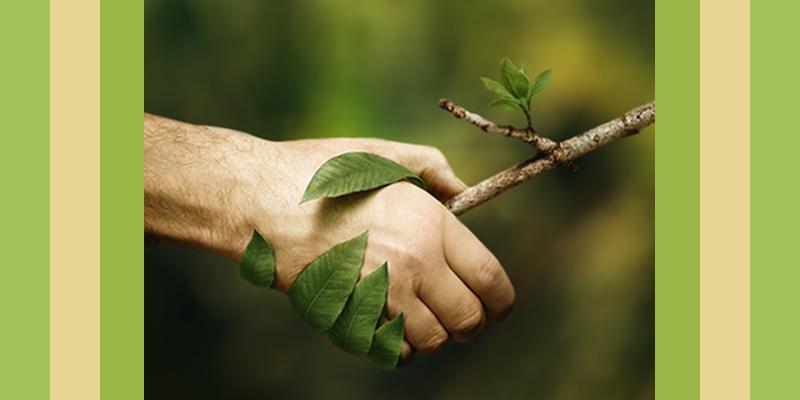
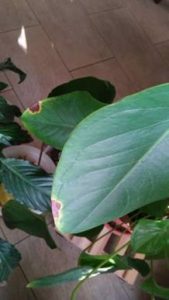

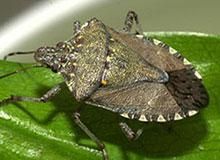
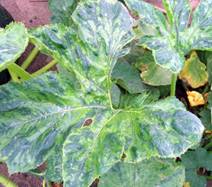
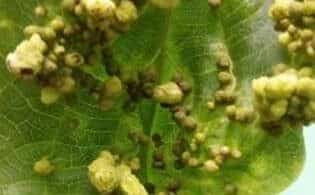
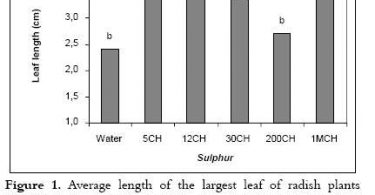
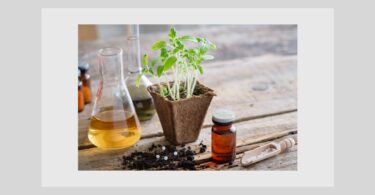

An immensely helpful column with details about plants and the ecosystem (holon) that are not found anywhere else. What a find!